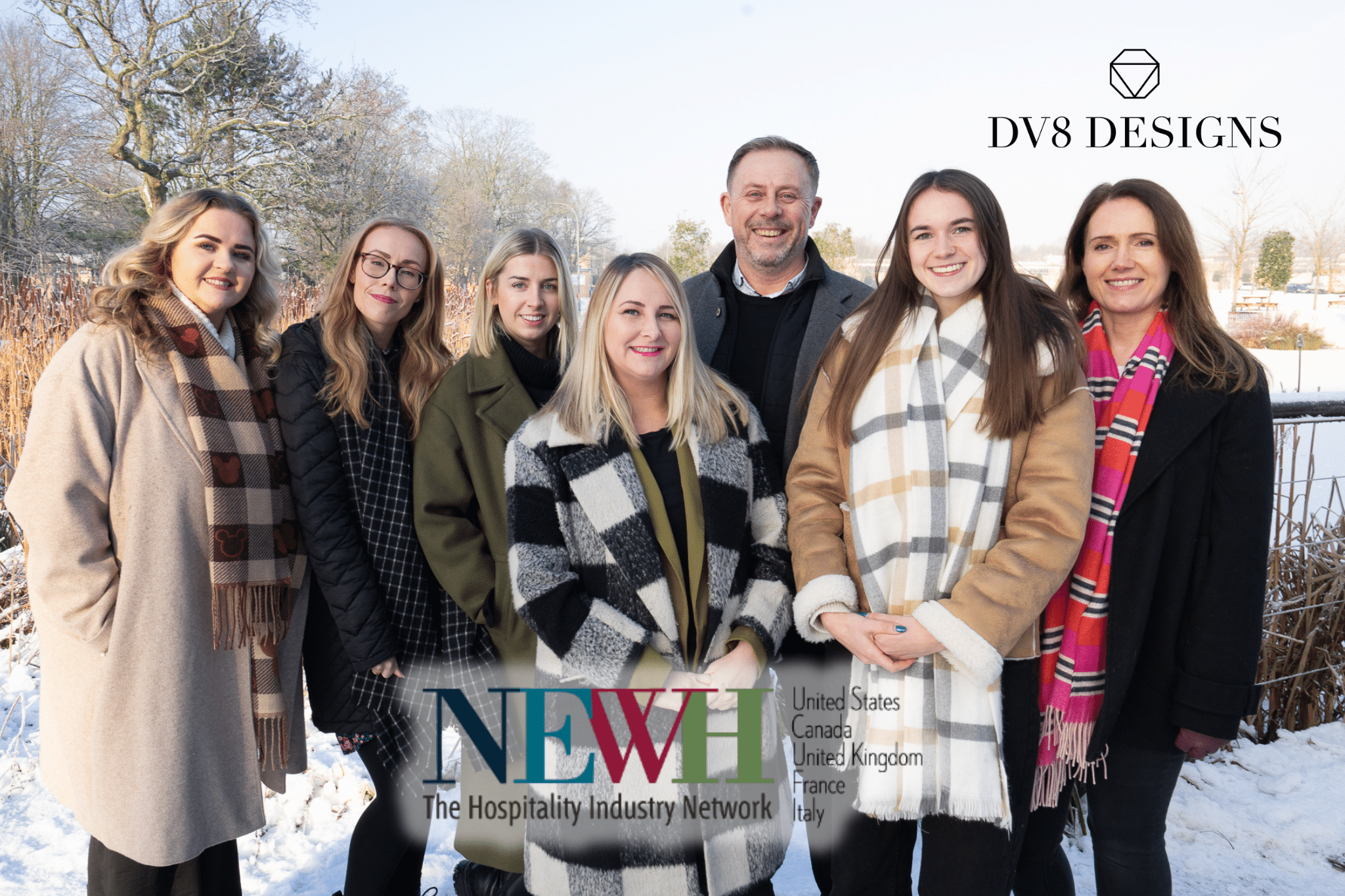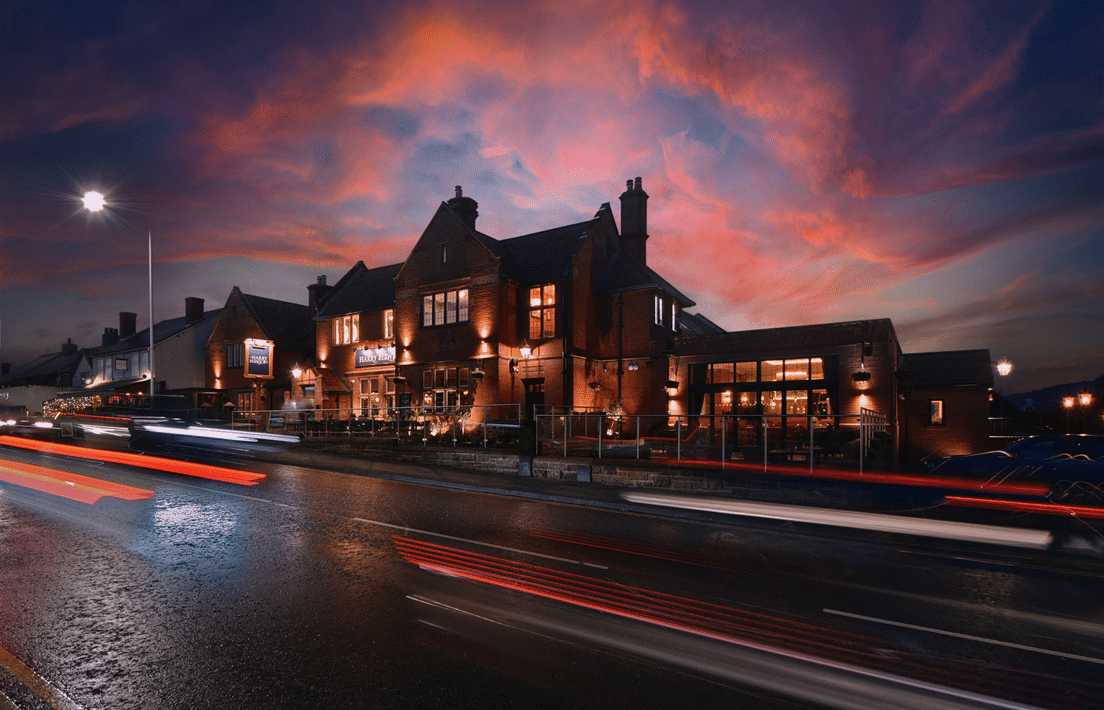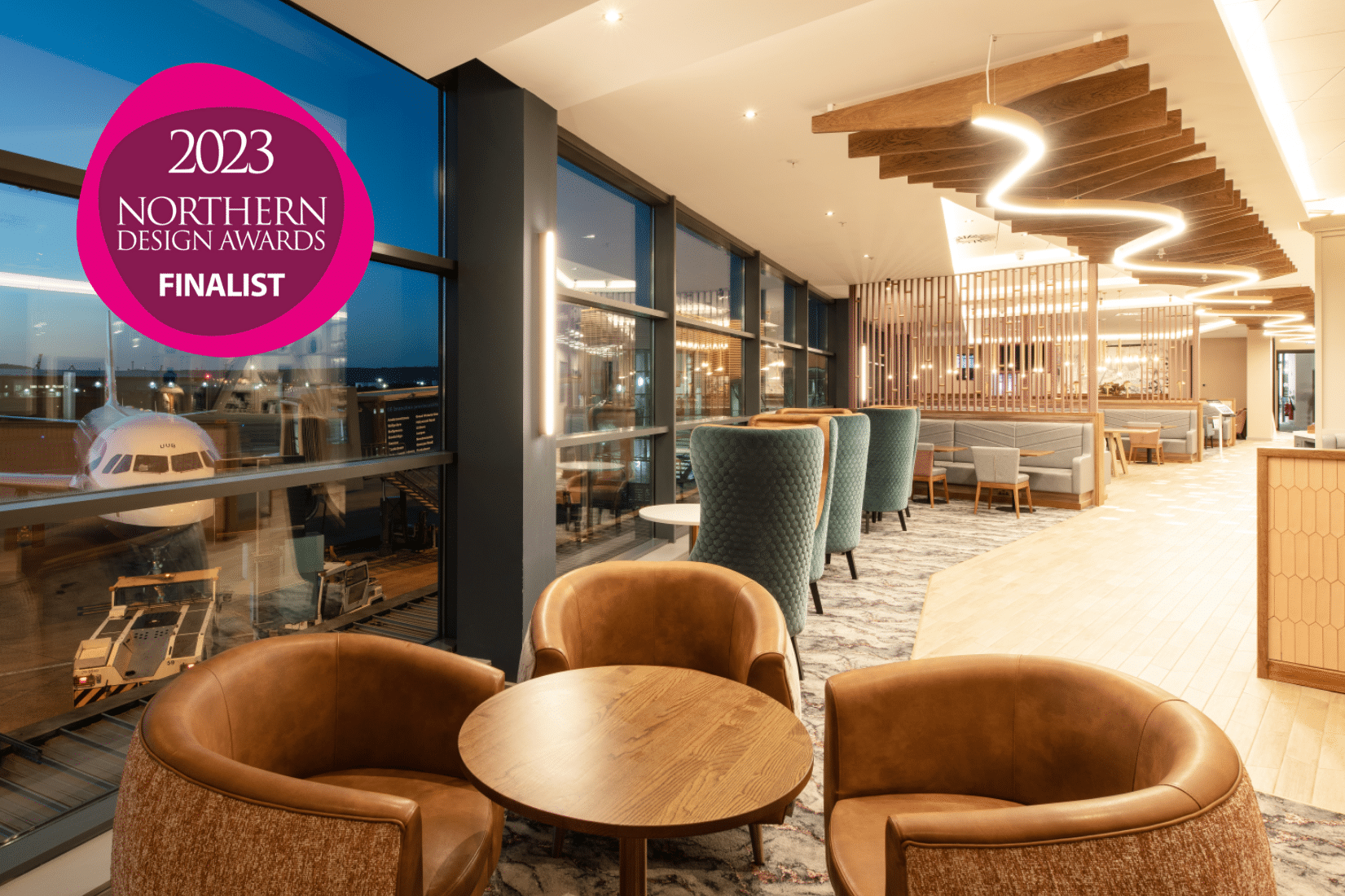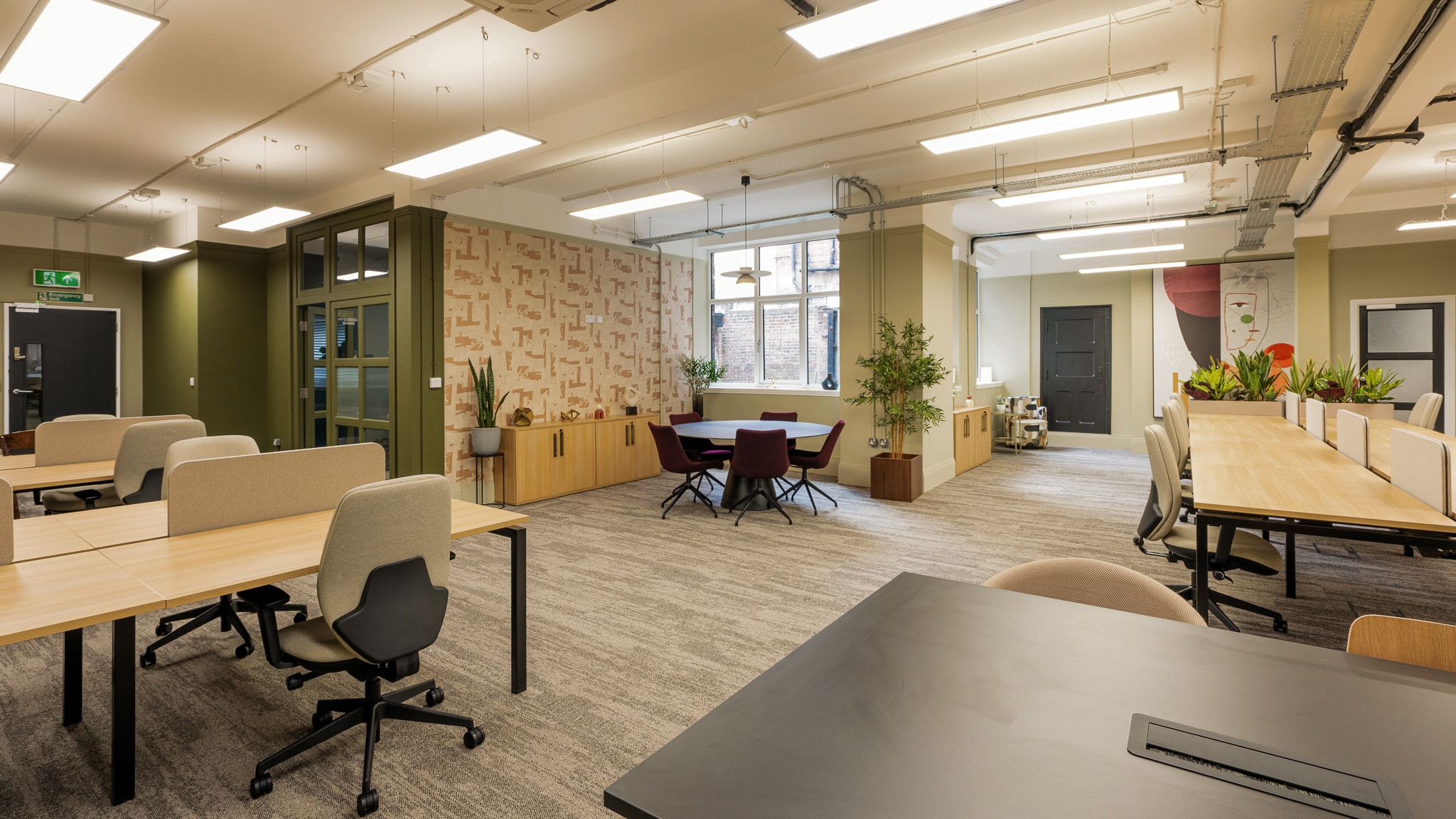Sustainability; noun: The quality of causing little or no damage to the environment.
In today’s design world, sustainability has become a permanent fixture in the way we talk about our work; it’s in pitch decks, presentations and of course, all over social media. The word is now so embedded in the industry’s language that we risk forgetting what it actually means. Entire projects are wrapped in sustainable aesthetic, cue the reclaimed wood, energy-efficient lighting and statement greener, but beneath the style aesthetic, we have to ask; are we truly designing for the future, or just styling spaces to look like we are?
The Illusion of Sustainable Design
If you asked me to define the world sustainability and what it meant within the interior design industry, I would say it’s about designing in a way that ensures it stands the test of time. It’s no longer about quick wins, it’s about asking those tough, and sometimes uncomfortable questions; will this design still serve its purpose in five, ten, twenty years? Or will it be ripped out, replaced and forgotten? Is this designed solely to meet this quarter’s trends? Are we specifying materials because they last, or because they photograph well?
Trends will always be replaced; just think about the lifespan of fashion, phones, home decor. Interior design is just as caught up in this cycle as the rest, and it is sadly increasingly guilty of creating this illusion of sustainable design. Too often, eco is reduced simply to an aesthetic; but when you look closely, the materials and manufacturing tell a different story. Sustainability goes beyond appearance, and a chair that perhaps looks like it’s made of bamboo could be made from plastic, or a linen curtain? Polyester.
With years of experience, I’ve learned to look beyond the surface—to choose materials and pieces that not only look good but genuinely align with a more sustainable way of living. We focus on elements that evolve over time, rather than ones designed to expire. Sustainability and style should enhance each other, and when we prioritise pieces that grow with a space, we deliver both lasting value and responsibility to the planet.
The Reality of Waste
On average, commercial fitouts are replaced every 7 to 10 years*, resulting in most of the usable materials being sent to landfill, while fresh new materials are purchased. This creates a cycle of waste that is both costly for clients and catastrophic for the environment. In the UK, the construction sector generated approximately 63 million tonnes of waste in 2022**, with materials including flooring, partitions, ceilings, and furniture.
With the right planning and sustainability at the forefront, significant changes can be made going forward. Why are materials being chosen — because they look good on the mood board, or because they have longevity? Can products be kept, reused, or reupholstered instead of replaced?
Challenging the Budget Mindset
Let’s be honest, clients often shy away from the word sustainable if it means higher costs. As designers, we’re frequently working with tight budgets, but sustainability does not always mean spending more—it’s about spending smarter. A cheap fix today often leads to costly replacements tomorrow. That’s not design; it’s damage control.
Looking back to the Victorian era, designers were resourceful and made things to last, creating timeless features with craft and attention to detail because waste simply wasn’t an option. Today, however, we’ve fallen into a disposable mindset. Products are made with shorter lifespans, designed for trends, and built to be replaced. True sustainability means rejecting this cycle and choosing longevity and quality over novelty and convenience. We need to prioritise durability and work with suppliers who share that commitment.
Educating Through Action
A big part of the design process is helping clients understand the value of a sustainability-first approach. Some are already aligned with that mindset, which makes collaboration smoother, and others may need more guidance. It’s about showing the long-term benefits, highlighting the difference between cost and value, and supporting informed decisions.
Regardless of the project’s size or scope, some degree of waste is inevitable. The key difference lies in how it’s managed, and in the many small, thoughtful choices made throughout the process to reduce impact wherever possible.
Small Changes, Sustainable Impact
In our projects, we as a team, make a conscious effort to source products that last longer and add long-term value. We work with suppliers who share the same ethos. It’s not about box-ticking, it’s about building a network of people, brands, and ideas that move in the same direction. Every decision, however small, adds up. From flooring to lighting, furniture to speaker systems, the choices we make matter. If we’re going to talk about sustainability, we must act on it.
The Future Is Reclaimed
Looking forward, the future of interior design lies in materials that aren’t just beautiful, but responsible. We’re already seeing this shift, products made from waste, recycled plastics, offcuts, industrial by-products. Suppliers are innovating, and clients are becoming more curious about where their materials come from, what they’re made of, and what happens to them next. It’s not just about reusing material; it’s about reshaping mindsets. That’s where the real change happens. And as interior designers, we have a responsibility to lead that shift and not just follow it.
Sources:
* Circular Fit-Outs: Rethinking Materials in Commercial Spaces – Madaster Global
** https://www.gov.uk/government/statistics/uk-waste-data/uk-statistics-on-waste



